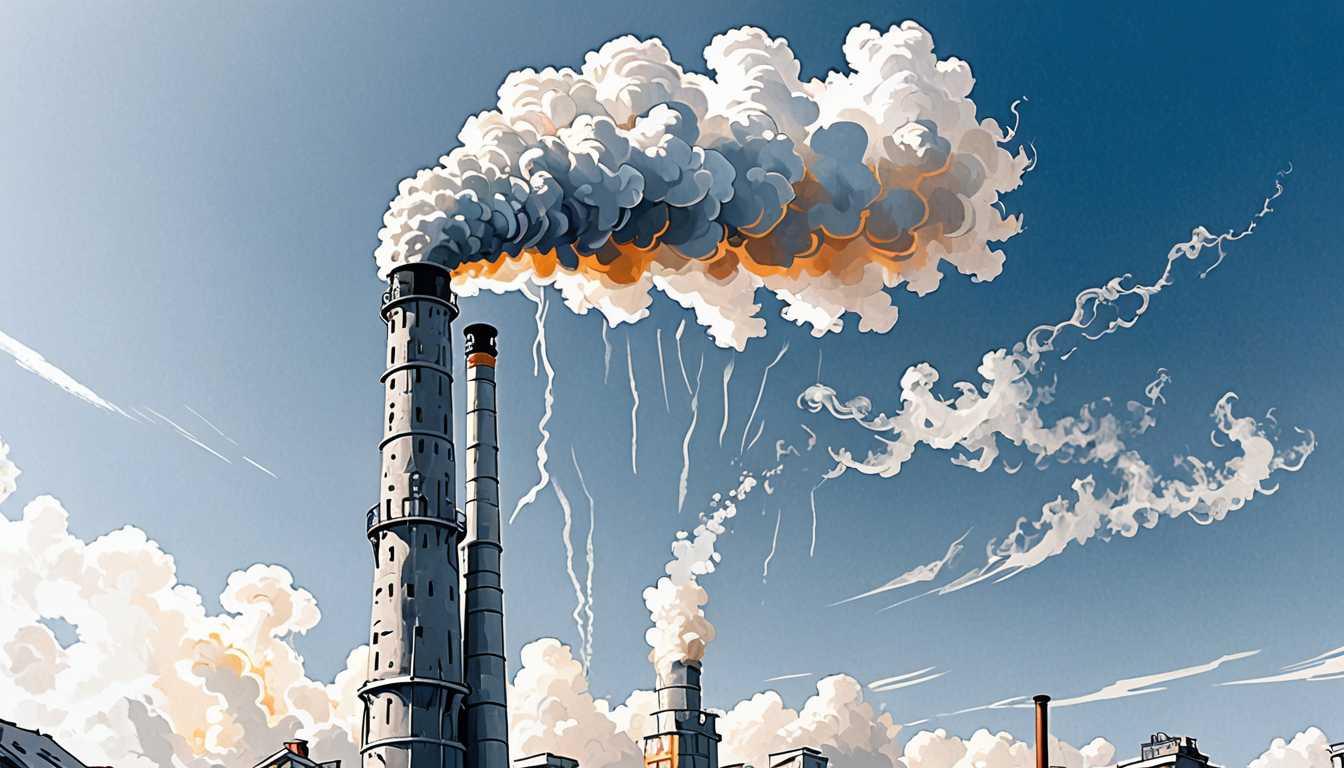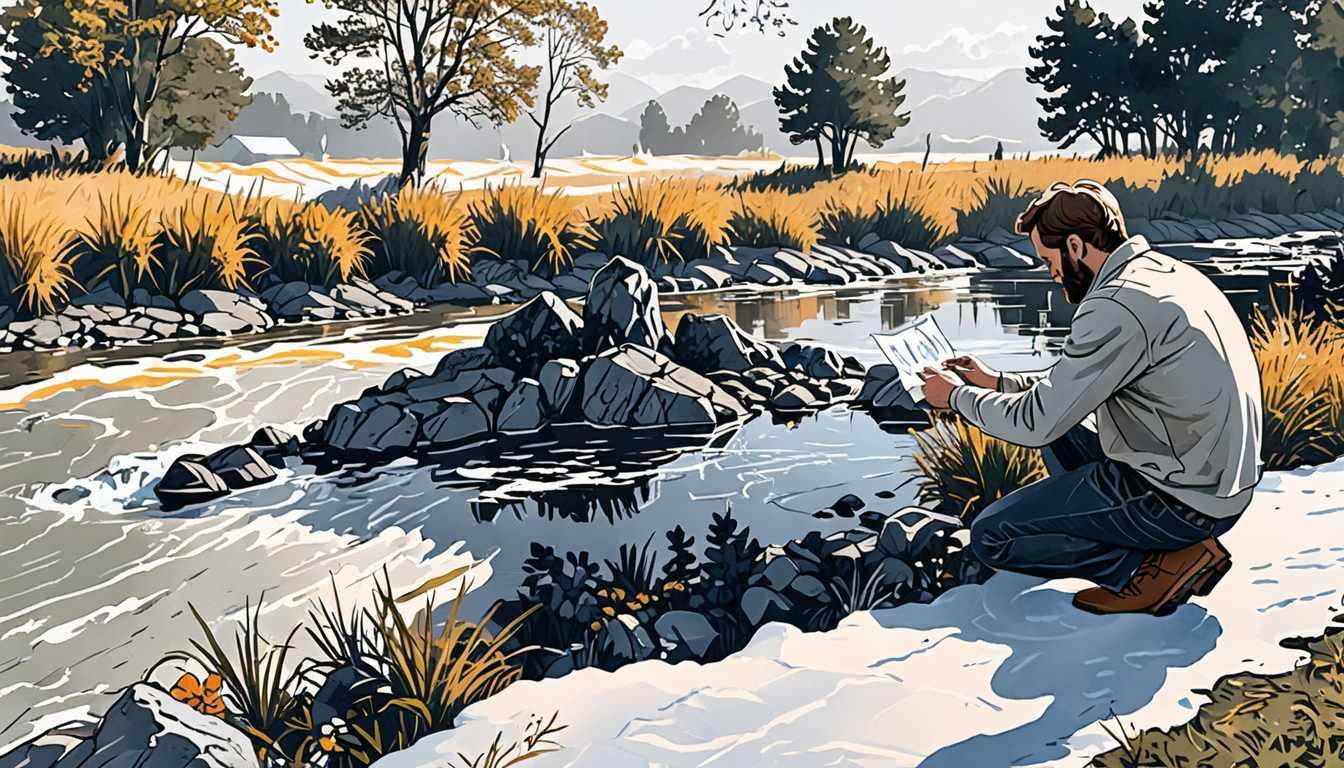Tracing Ozone: Our Impact on the Skies
August 2024
MIT News
Introduction
Hey there, curious minds! Did you know that scientists have spotted a human “fingerprint” in the upper troposphere’s ozone levels? Yup, it’s true! While ozone can be a friend up high, shielding us from harmful UV rays, it turns into an enemy down low, causing health issues. MIT scientists have discovered that our activities are likely making the ozone levels rise in the atmosphere's upper layer. Dive into the MIT News article to uncover how our actions might be warming the planet!
READ FULL ARTICLEWhy It Matters
Discover how this topic shapes your world and future
The Dual Nature of Ozone – Guardian or Villain?
Ozone is a fascinating topic because it plays a dual role in our atmosphere – it can either protect us or harm us, depending on where it is located. In the stratosphere, ozone acts like a shield, blocking harmful ultraviolet rays from the sun. However, when found closer to the ground, it becomes a harmful pollutant that can lead to serious health issues, such as breathing difficulties and lung problems. On a global scale, understanding ozone is crucial as it influences climate change and air quality. Notably, research shows that human activities have contributed significantly to rising ozone levels in the upper troposphere, leading to changes that could impact us all. As students, recognizing the balance between human actions and environmental health can empower you to make informed decisions and advocate for a cleaner, healthier planet.
Speak like a Scholar
Ozone
A colorless gas made up of three oxygen atoms, it protects us from the sun's harmful rays when high in the atmosphere but can be harmful as an air pollutant near the ground.
Stratosphere
The second layer of Earth's atmosphere, located above the troposphere, where the ozone layer is found and protects us from UV radiation.
Troposphere
The lowest layer of Earth's atmosphere where we live, which contains most of the air we breathe and where weather occurs.
Precursor
A substance or compound that leads to the formation of another substance, for ozone, these are pollutants like nitrogen oxides and volatile organic compounds that help create ozone in the presence of sunlight.
Greenhouse gas
Gases, like ozone, that trap heat in the atmosphere and contribute to global warming by preventing heat from escaping back into space.
Climate Variability
The natural changes in climate patterns over time, which can affect weather and environmental conditions, influencing things like ozone levels.
Independent Research Ideas
Ozone Layer Restoration Strategies
Investigate the global efforts to repair the ozone layer and assess the effectiveness of international agreements like the Montreal Protocol. Exploring this topic could reveal how collective action can lead to significant environmental recovery.
Air Quality and Health Correlation
Research the impacts of ground-level ozone on public health, focusing on specific regions or demographics. This investigation can highlight the real-life implications of air quality on communities and drive awareness for healthier environments.
Ozone and Climate Change Feedback Loops
Explore how increasing ozone levels in the upper troposphere might interact with climate change. Understanding these feedback mechanisms can provide insights into addressing climate issues effectively.
Industrial Emissions and Ozone Trends
Analyze the relationship between industrial activities and ozone levels in different parts of the world. This study could uncover patterns that inform policies on emissions and air quality management.
Satellite Technology in Environmental Monitoring
Delve into how satellite data is used to monitor and analyze atmospheric changes, particularly ozone levels. Investigating this could reveal the cutting-edge technology behind climate science and its implications for future research and policy-making.
Related Articles

Electrified Charcoal: A New CO2 Solution
June 2024
University of Cambridge

Mercury Emissions: Good News or Bad Data?
October 2024
MIT News

Rivers Under Threat: The Pollution Puzzle
October 2024
Imperial C London News

Contrails: The Unexpected Climate Culprits
August 2024
Imperial College London

Turning Toxic Water Safe: A Simple Science Win
August 2022
University of California